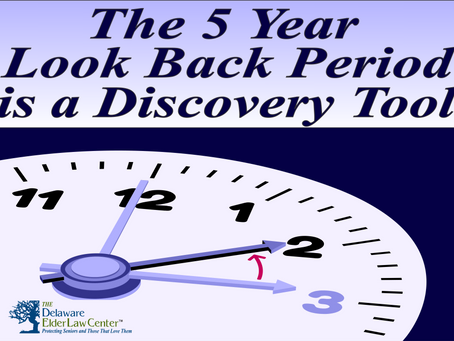A big misconception is that the five-year look-back period is somehow a barrier to qualifying for Long-Term Medicaid. We hear clients say, “I can’t qualify for Medicaid because they will look back five years and see that I have assets.” Another version is that “I have made gifts to family and the Medicaid penalty period is five years.”
Here is how the five-year look-back rule actually works. Every applicant has a look back period. It is triggered when the application is actually filed. The applicant is required to self-report all gifts made (any transfer of an asset for less than full market value) during the five-year period leading up to the application date (hence the look back).
The look-back rule is a means of discovering an applicant’s use of gifting as the primary means of spending down assets to the set financial limit. The Medicaid benefit would disappear if applicants simply could transfer all of their assets to their family in order to qualify.
The Medicaid regulations attempt to eliminate gifting by penalizing the applicant for doing so. The penalty is expressed as a waiting period during which the applicant must use their assets and income to pay for their care until the period ends. The penalty is calculated on the formulae of total gifts made in the past five years divided by $11,000 (the 2023 divisor). The quotient is usually stated in months or days. When the penalty period ends, Medicaid will begin to pay for care.
For most applicants, a history of gifting assets does not overly complicate their application. Problems begin when the total of gifts made exceeds the divisor amount ($11,000). For every $11,000 in prior gifts, the applicant must use their funds to pay for their care for one month. If their cost of care is $15,000 per month, a significant history of gifting is problematic. This is why giving your house away to an adult child is a very bad idea.



